One of the many—and most important—reasons that ONE FOR THE MURPHYS, whose launch EMUs Debuts is celebrating this week, is a truly special book is that the main character, Carley Connors, isn’t a character at all. She’s a real person.
Well, as a nonfiction writer, I confess that Carley’s not reeeeaallly real. But, she sure seems to be. She’s tough, vulnerable, funny, serious, gutsy, unsure—just like real, contradictory, lovable, vexing people. I predict that readers will be having long and deep conversations with her.
I’m not the only one who thinks so. Carley is so real that, if she needed one, she could have her own therapist. In fact, she already does.
Author-extraordinaire Lynda Mullaly Hunt put me in touch with a school-based social worker, Paula Netto, who answered my questions about Carley as if Carley were a student at her school. (I hasten to add that Paula was very discreet and did not disclose any private information about Carley that’s not already available in her biography—I mean in Lynda’s novel.)
Since May is Foster Care Month (wasn’t it clever of Lynda and her publisher, Nancy Paulsen Books, to time the release this way?), many of my questions relate to Carley as a child in foster care. Here’s my interview. (Spoiler alert! If you don’t want to find out what Carley decides to do, stop here. I couldn’t interview Paula without our knowing and sharing Carley’s decision.)
Cynthia: What do you see in Carley’s actions that make her similar to students you’ve counseled or know of who live in troubled, abusive, or inattentive homes?
Paula: Carley is similar to students I’ve counseled or worked with in that there is meaning behind her behaviors that lies beneath the surface. Children who live in troubled, abusive or inattentive homes develop coping strategies that may or may not be positive. Carley definitely has adopted many different coping strategies; some of them result in negative consequences for her, and some don’t. Sometimes the acting out behaviors that do result in negative consequences may be healthier for the children than those that are “socially acceptable” that result in kids being silent and suppressing feelings. Carley has learned over her lifetime to suppress feelings and words to protect her mother and protect her ability to be with her mother. As adults, if we look for the meaning behind acting-out behavior, we can often find that child’s reality and help the child either develop positive coping strategies or help the child change that reality.
Cynthia: What guidance would you give Carley—or, what questions would you ask her—as she makes the decision whether to stay with the Murphys or return to her mother?
Paula: Children usually do not have much of a say in making a decision about what would be the best place for them. The system is usually designed to return children to their biological families. If I were to counsel Carley as she returns to live with her mother, I would encourage her to find adults in her world that she can trust and turn to if she needs help or needs someone to talk with. The mostly likely and easily accessible candidates are teachers and counselors at her new school.
Cynthia: Readers, I think, will be worried for Carley when she goes back to her mother but, at the same time, optimistic about her long-term chances for success. What factors do you think help make young people resilient, like Carley?
Paula: As readers are optimistic for Carley when she returns to Las Vegas to live with her mother, there is good reason to be worried for her as well. There is a high probability that in time, in her old environment, her mother will fall into familiar patterns that were not healthy for her or Carley. I believe that Carley’s best chance for success will be to engage with adults at school and in her community that can serve as mentors for her as she grows up, similar to what Mrs. Murphy did for her. Those connections to other adults can build resilience and hope in young people. All adults can be a mentor to a child as they grow up – you can never really have enough people helping you and rooting for your success. We tend to be isolated in our individual families but, truly, we need more of the “It takes a village to raise a child” philosophy in our world to raise healthy young adults.
Cynthia: The idea of heroism plays a large role in the book. What are the ways that young people and adults can be a hero for a youngster in trouble? How does someone know when to stop trying to be a hero and call in professional help?
Paula: One of the ways that young people and adults can be a hero for younger children is to pay attention to what you see around you. Be active bystanders—help another student who is being teased or picked on. Be empathetic—engage with that child. Mentor a child or young teen. Carley was a hero to two of the Murphy boys in very different ways. For one of the boys, she was a coach who helped him conquer fear and be successful at a sport even as he initially rejected her help. For the other child, who was being bullied, she stood up to the bully. She showed it is possible to take away the “power” bullies try to use to intimidate their targets. Carley used a little old-fashioned strategy and actually gave the bully a taste of his own medicine—not recommended in my world but sometimes the most effective way to get your point across.
Cynthia: What advice do you have for the Murphys? How can Mrs. Murphy help her sons get past their sadness at Carley’s leaving? Should they stay in touch with Carley or not?
Paula: The Murphys will undoubtedly go through a period of sadness as Carley leaves their family. One of the best ways they can help their sons is to teach them that sometimes people are with us for a long time and sometimes a short time, but they can always remain in our hearts. I believe for Carley to make a successful transition to living back with her mother, Mrs. Murphy will need to pull back and not be in touch with Carley for a period of time. But I do believe it would be healthy and important for her to reach out to Carley and her mother at a later time to offer friendship and support to both of them and keep her connection to Carley alive.
See what I mean? It’s not just Carley who’s so real she could practically be psychoanalyzed. Her mother and the Murphys, themselves, are, too.
Not surprisingly, Lynda received a lovely endorsement for ONE FOR THE MURPHYS from a psychologist, Nicolette M. Banbury, who specializes in children, like Carley, who have experienced trauma.
“ONE FOR THE MURPHYS by Lynda Mullaly Hunt is a beautiful poignant story of eighty days in the life of a child placed in foster care with a loving family. It accomplishes the amazing feat of being both realistic and optimistic. The story encourages an empathetic appreciation for each character’s struggles, and transformation, as they strengthen in love, understanding, and honesty. With humor and wit, the story is a “must” for foster children and the families that love them.
Nicolette then went on to point out that wonderful books like this one can provide “bibliotherapy.” That is, teachers or school psychologists could assign and discuss ONE FOR THE MURPHYS with troubled children to help them realize they are not alone.
ONE FOR THE MURPHYS skillfully balances the genuine struggles, hopes, joys, and disappointments of a foster child, the foster family that brings her into their fold, and the birth mothers painful choices. The story reveals many of the emotional nuances and coping strategies often found in these circumstances that are, for most, very hard to conceptualize and understand. The humaneness of the story is validating, educating, and compassionate. I would highly recommend it for therapeutic use in psychoeducational formats, with bibliotherapy, and in situations where attachment to parents has been seriously compromised and traumatic.
We all benefit when a book like this one is published. Nicolette M. Banbury, Nationally Certified Psychologist and Licensed Professional Counselor/Specializing in Play Therapy and Trauma
After making us weep, ONE FOR THE MURPHYS will be therapeutic for lots of readers, kid or adult, troubled or settled.




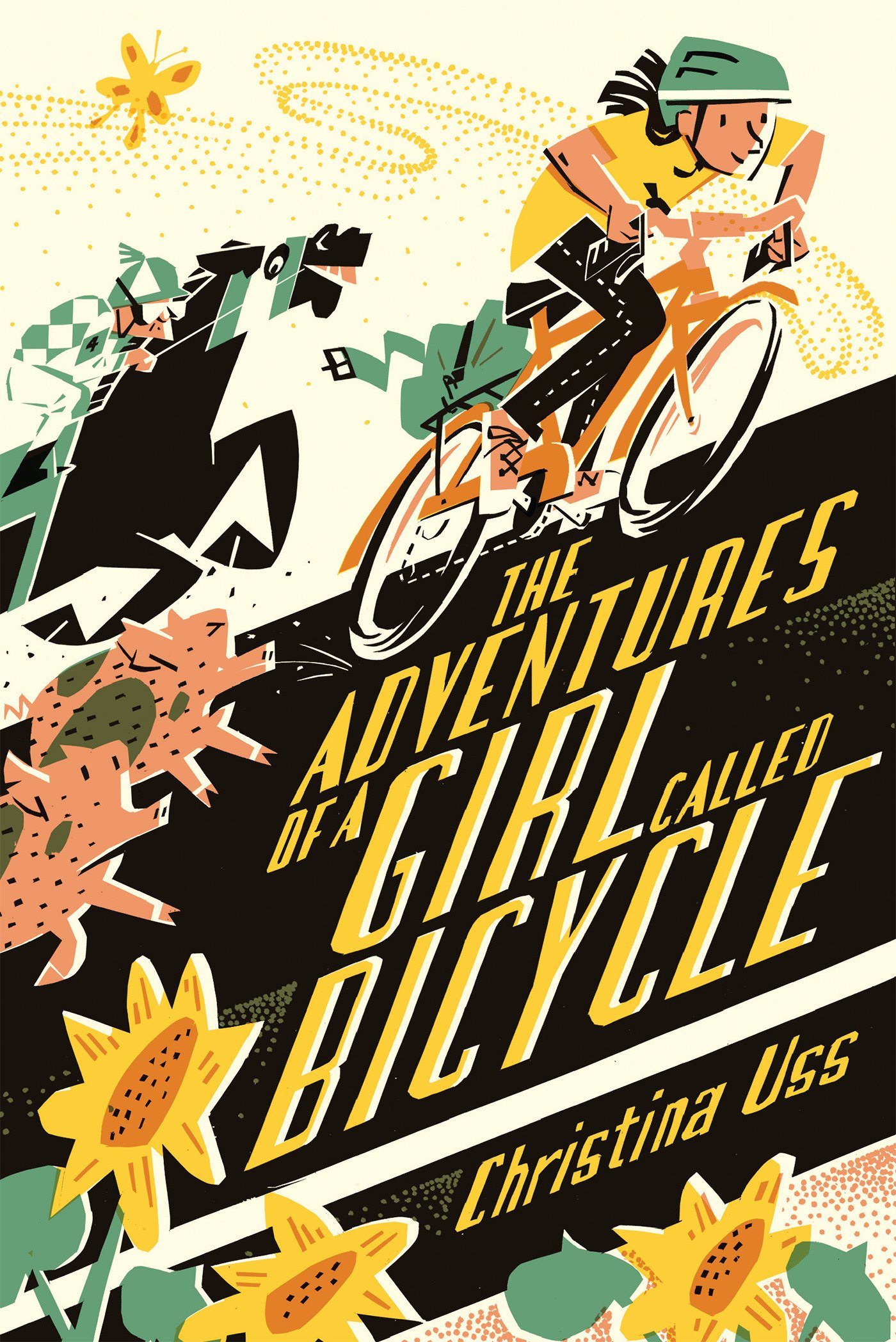







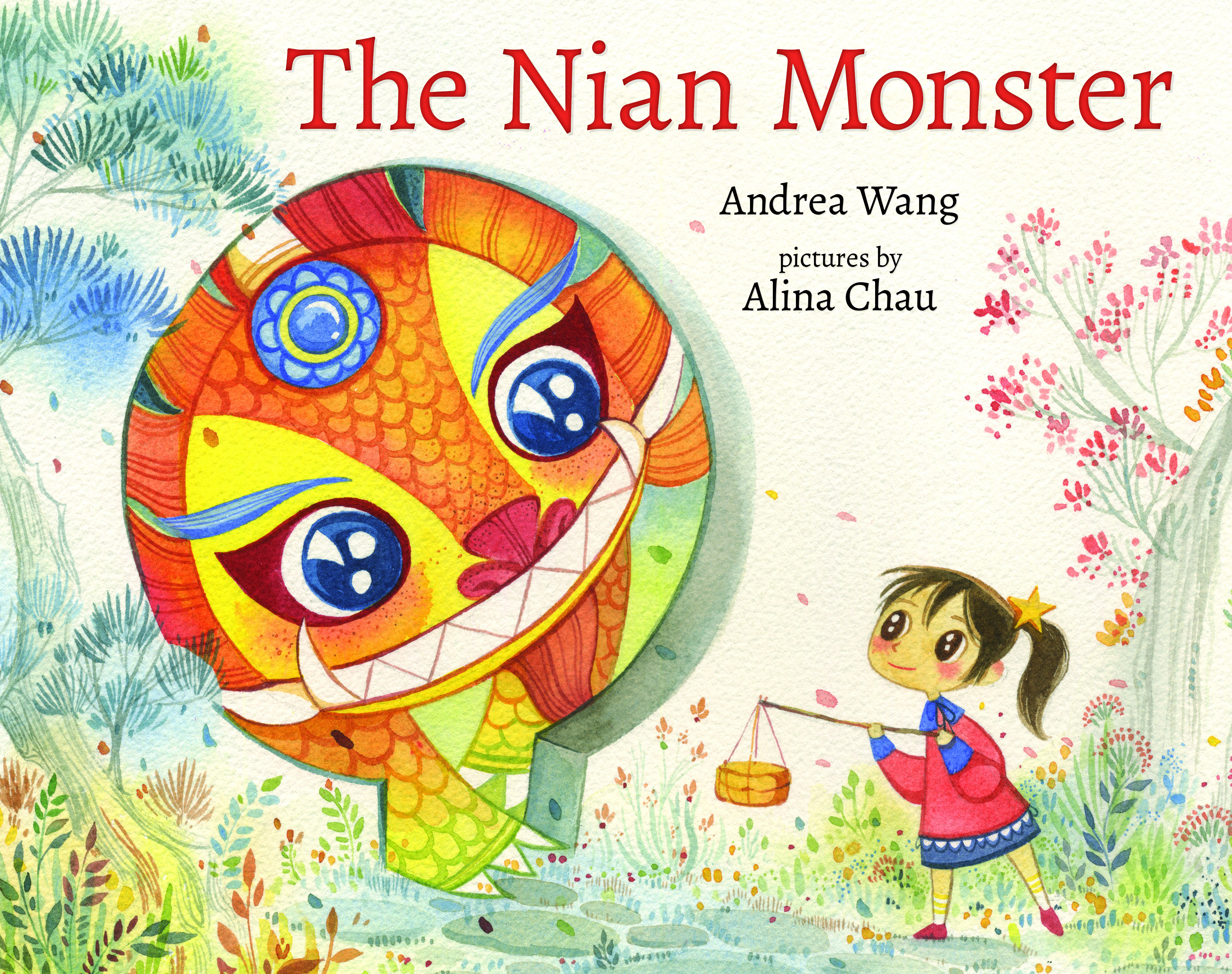
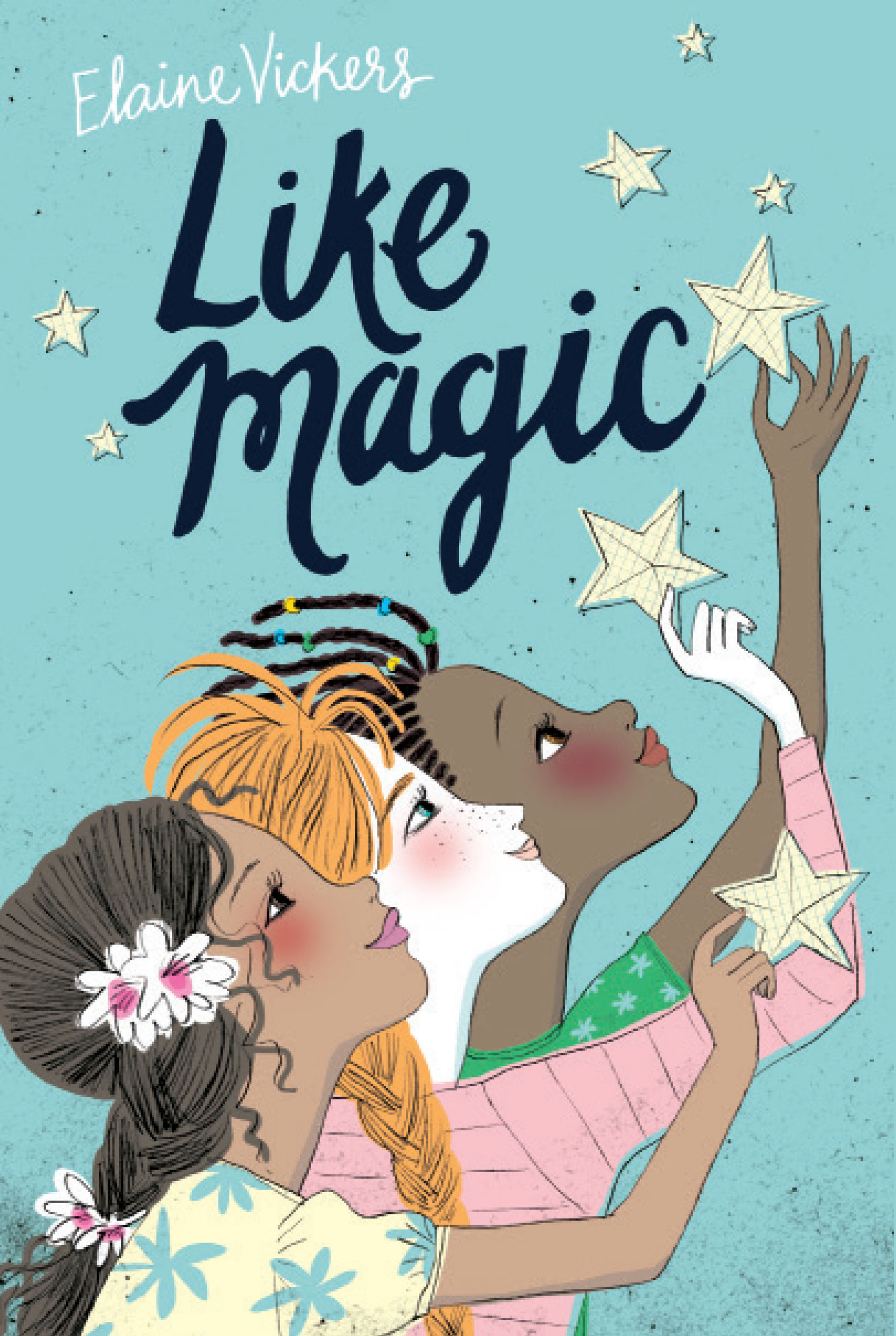
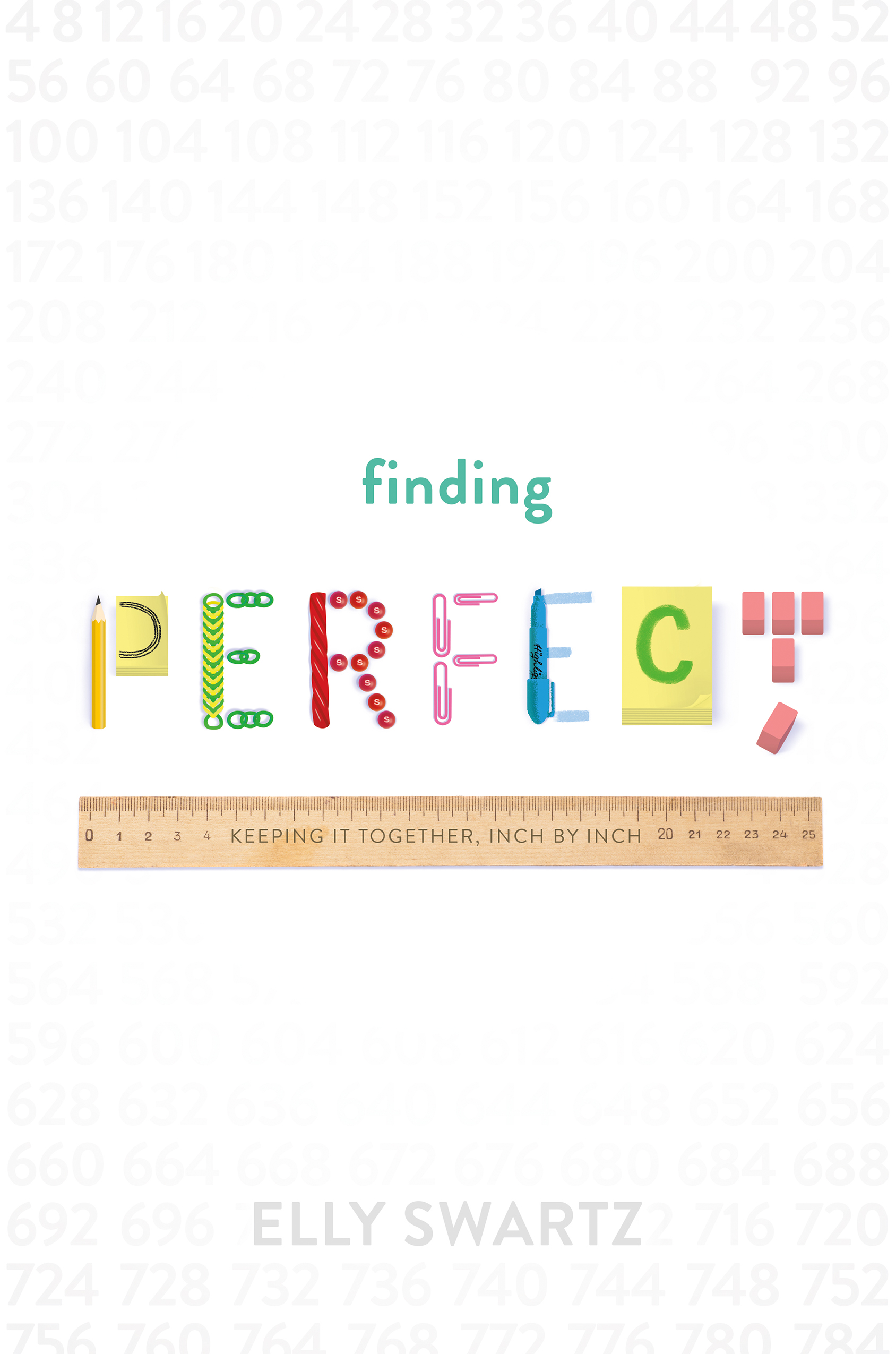
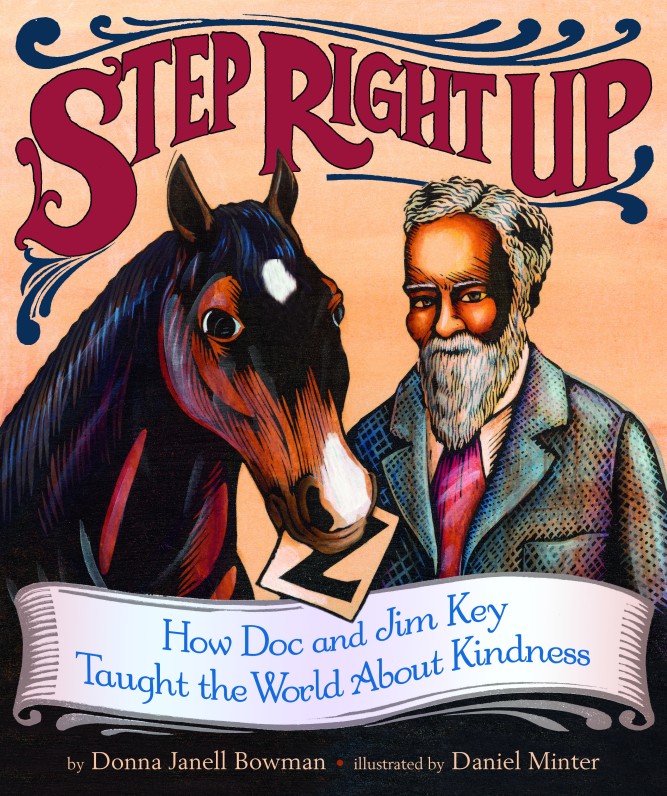
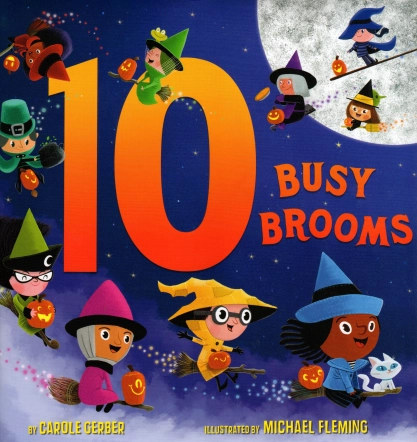

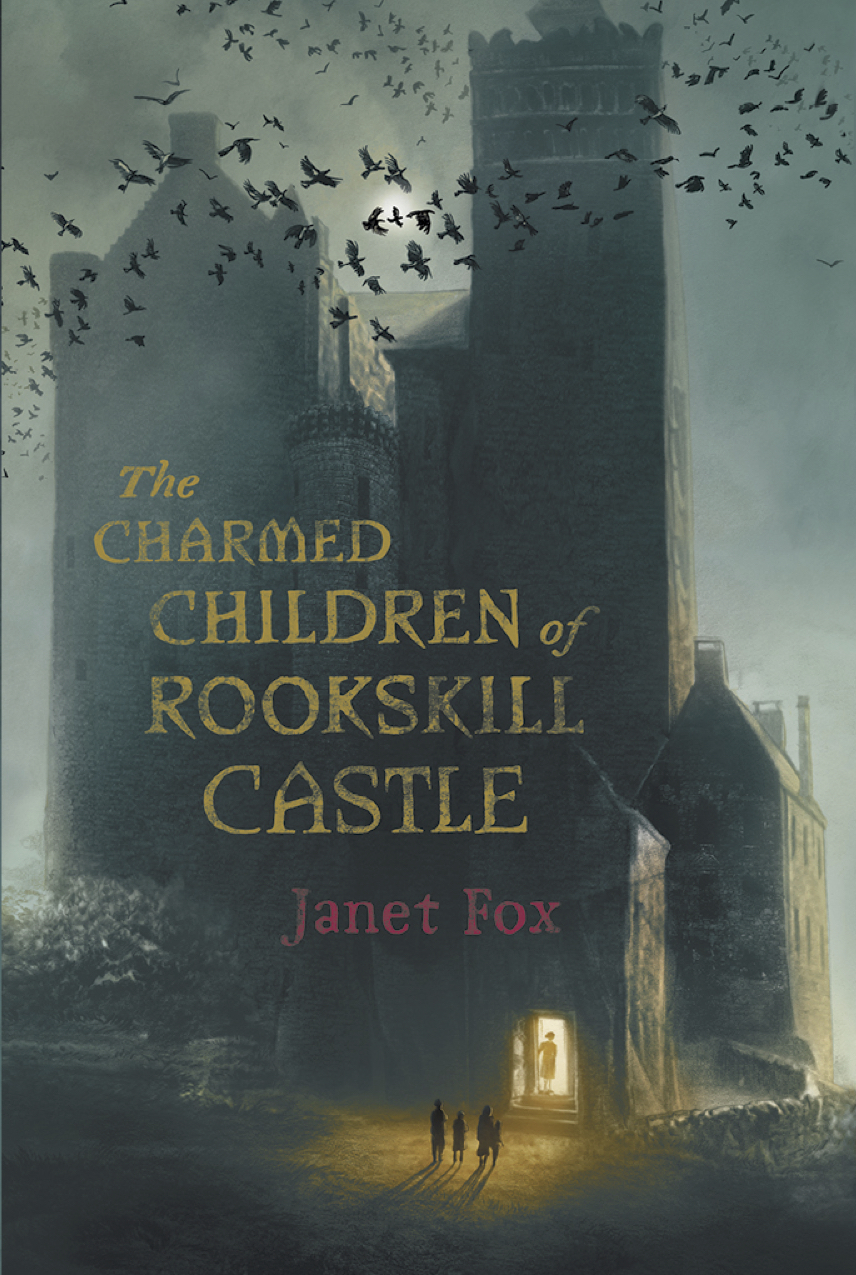
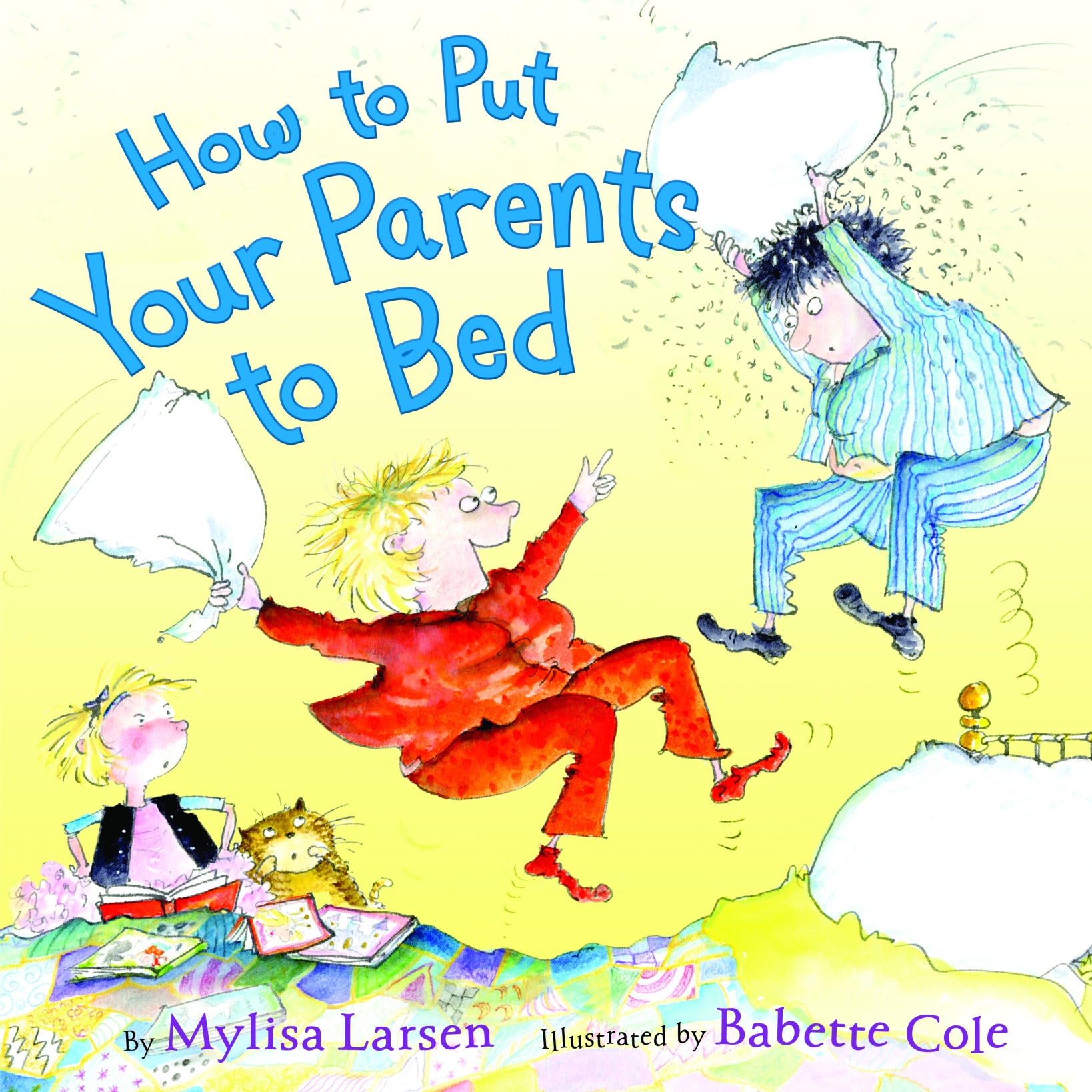



Thanks for providing some insight into the social welfare aspects of this story, Paula and Cynthia!
When I was little, my mom took in foster babies, one of whom became my brother. As an adult, I worked for a foundation that provides long-term foster care. So when I found out what this book was about, I *had* to read it. And it exceeded my expectations. I love to see this book’s message of hope and resilience find its way into the foster care community and beyond.
LikeLike
Thanks so much, Jeanne! Murphys exceeding your expectations is a high compliment. 🙂 There are so many heroes in the foster care system (like your mom!) and I think it’s important to make people aware of them. Media tends to put foster carers in a neg light but in the real world, there are also many loving, giving, caring people. I’ve met many….
LikeLike
Jeanne, that’s fascinating. My daughter has considered taking in foster children. And, although she hasn’t done it, I confess that I’ve worried about the stress it could put on her family. It sounds as if you benefitted!
LikeLike
I had some involvement with the foster care system in my practice as a family lawyer in NJ and I have to say, I was not encouraged by what I experienced there. This interview and the description of “One For The Murphys” seems to offer quite a different perspective and I’m eager to read it for that reason (among so many others). I love Ms. Banbury’s idea of “bibliotherapy” — I’m pretty sure that’s what I was doing as a kid! — and hope that this book will be of assistance to children in difficult situations like Carley’s. There’s so much more I could say, but I’ll stop now… Bravo for an excellent post, Cynthia!
LikeLike
Yes, Murphys does offer a different perspective and I am SO grateful to Erin Murphy and Nancy Paulsen for helping me put that perspective out into the world. I, too, hope that it helps children who are struggling. I do hope that you are able to read OFTM and that you find it to be hopeful and uplifting. I’d love to hear your thoughts…
LikeLike
Thanks for the comment. Lynda made it easy!
LikeLike
Pingback: One for the Murphys Blog Tour Schedule « Lynda Mullaly Hunt
Pingback: Links Galore « Annie Cardi
Great interviews, Cynthia. Foster care is really a labor of love. I do love the idea that Lynda’s book will be one that helps other kids go through these hard times!
LikeLike
Yes, isn’t bibliotherapy a wonderful idea?!
LikeLike
I’ve come into contact with foster families at the school where I teach, and I’ve always thought of them as heroes. They truly make a difference in kids’ lives. Thanks so much to Cynthia and Paula for the interview!
LikeLike
Yes! Thanks from me as well! ❤
LikeLike
I agree, Natalie. They are heroes. What’s especially wonderful about Lynda’s book is that Carley is a hero, too.
LikeLike
How true, Cynthia!
LikeLike
Thank you, Ladies! 🙂
LikeLike